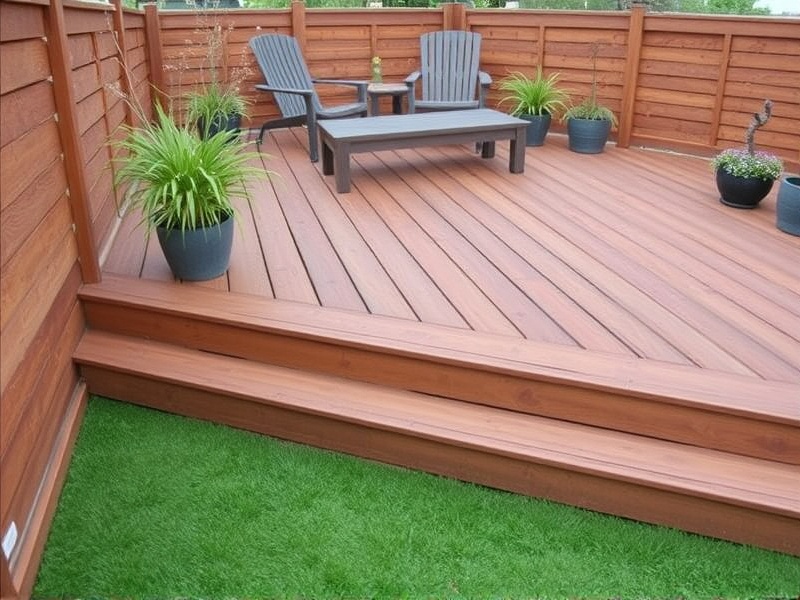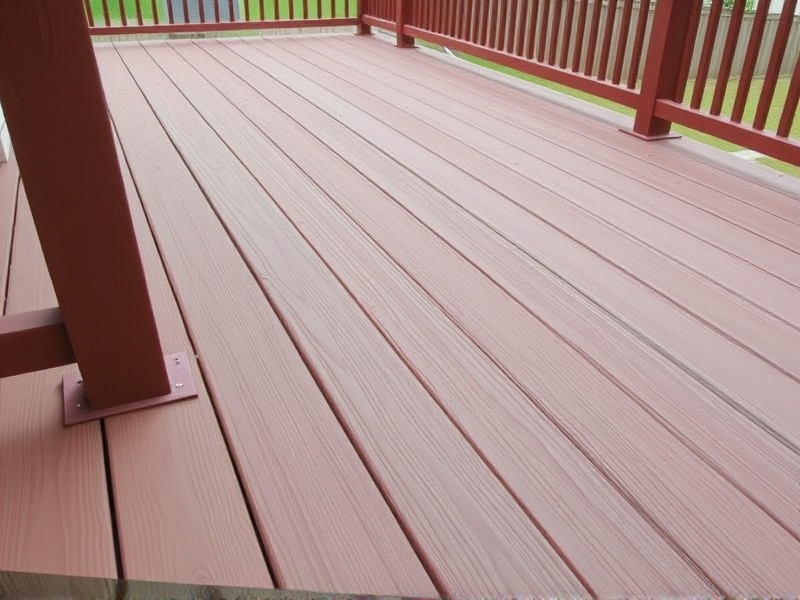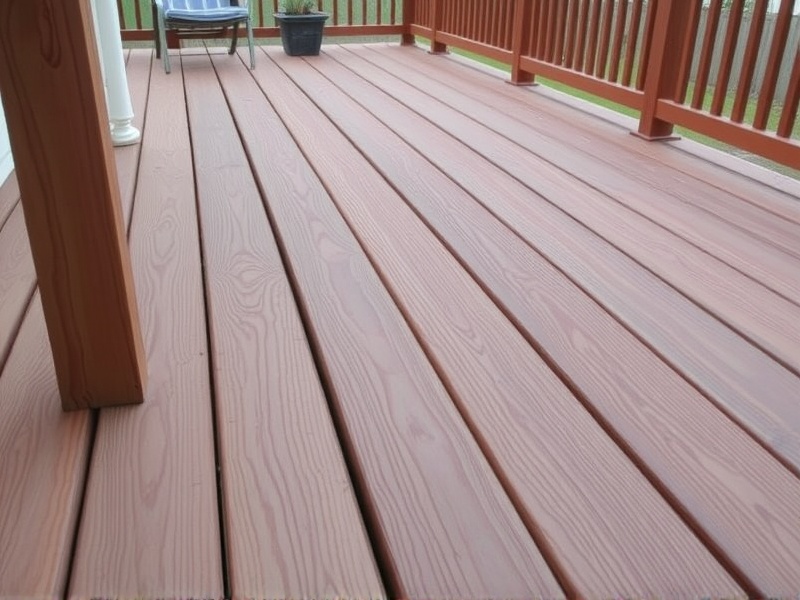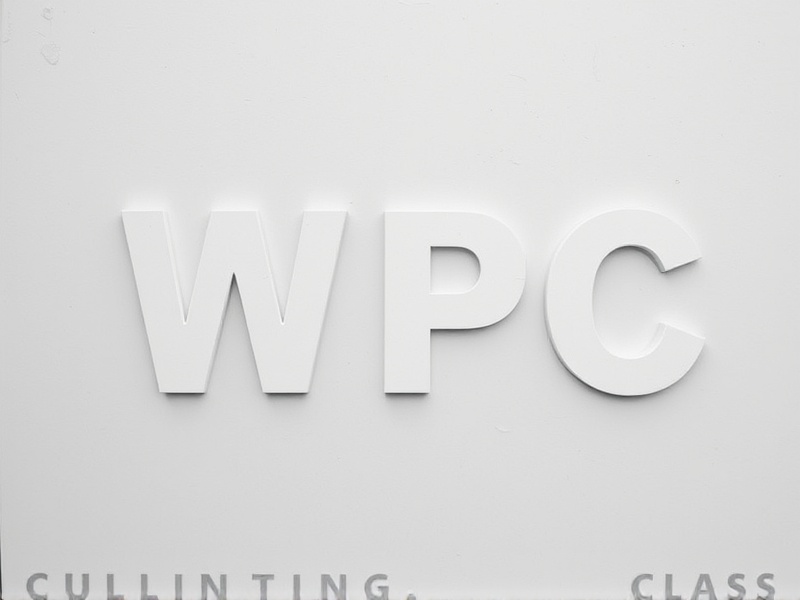Sustainability in Building Materials: PVC vs WPC
Introduction
The choice of building materials plays a crucial role in determining the overall sustainability of a construction project. Among the many options available, two materials stand out for their widespread use: Polyvinyl Chloride (PVC) and Wood Plastic Composite (WPC). Both have unique characteristics that make them suitable for various applications, but their environmental impact varies significantly. This article delves into the differences between PVC and WPC, focusing on their carbon footprint, energy consumption during production, waste management practices, and contribution to sustainable architecture.
Carbon Footprint and Energy Consumption
When comparing PVC and WPC, it’s essential to consider their respective carbon footprints and energy consumption during production. PVC is derived from petroleum and requires significant energy input during its manufacturing process, contributing to higher greenhouse gas emissions. According to a study by the European Commission, PVC production emits around 0.8 kg of CO2 per kilogram of material produced (European Commission, 2018). On the other hand, WPC is made from a combination of wood fibers and thermoplastics, typically including recycled plastic. While the production of WPC also consumes energy, it often uses less fossil fuel compared to PVC due to the inclusion of recycled content. However, the exact energy consumption can vary based on the specific composition and sourcing of raw materials.
Waste Management Practices
Effective waste management is another critical factor in assessing the sustainability of building materials. PVC is not easily biodegradable and poses challenges for recycling and disposal. Although advancements have been made in recycling technologies, PVC remains a complex material to handle due to its chemical properties. In contrast, WPC offers better prospects for recycling as it can be processed using standard plastic recycling methods. Moreover, the wood component in WPC can decompose naturally, reducing long-term landfill impacts. Nevertheless, the recycling rate for both materials remains relatively low, highlighting the need for improved collection and processing systems.
Contribution to Sustainable Architecture
Both PVC and WPC can contribute positively to sustainable architecture when used responsibly. PVC’s durability and resistance to moisture make it an excellent choice for outdoor applications such as window frames and siding. However, its environmental impact must be balanced against these benefits. WPC, with its blend of natural and synthetic components, presents an appealing alternative for decking, fencing, and other exterior structures. Its ability to incorporate recycled plastics reduces reliance on virgin resources while providing a durable and aesthetically pleasing option. Architects and builders should carefully weigh these factors when selecting materials to ensure they align with broader sustainability goals.
Conclusion
In conclusion, both PVC and WPC offer distinct advantages and challenges in terms of sustainability. Understanding their environmental impacts—ranging from carbon footprint and energy consumption to waste management practices—is crucial for informed decision-making in architectural design. As the demand for sustainable building solutions continues to grow, ongoing research and innovation will play key roles in refining these materials’ contributions to green construction.






Reviews
There are no reviews yet.